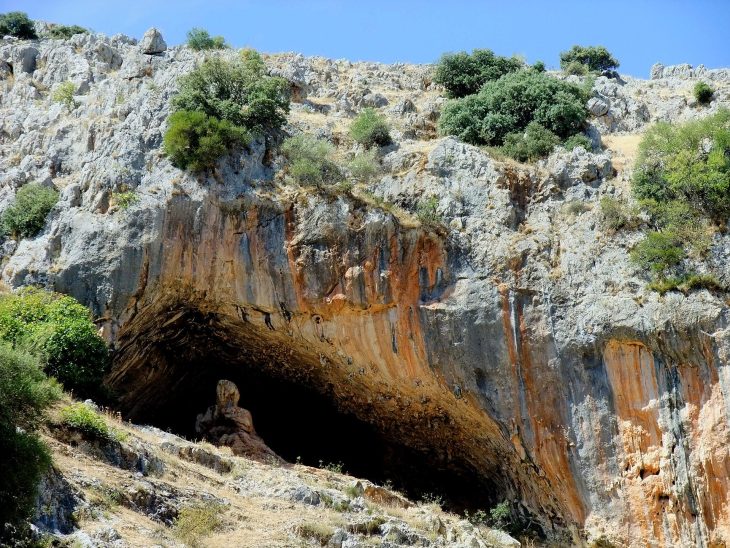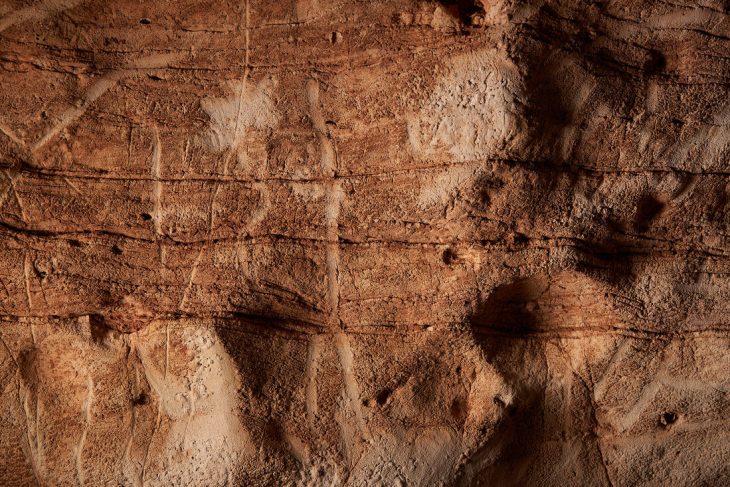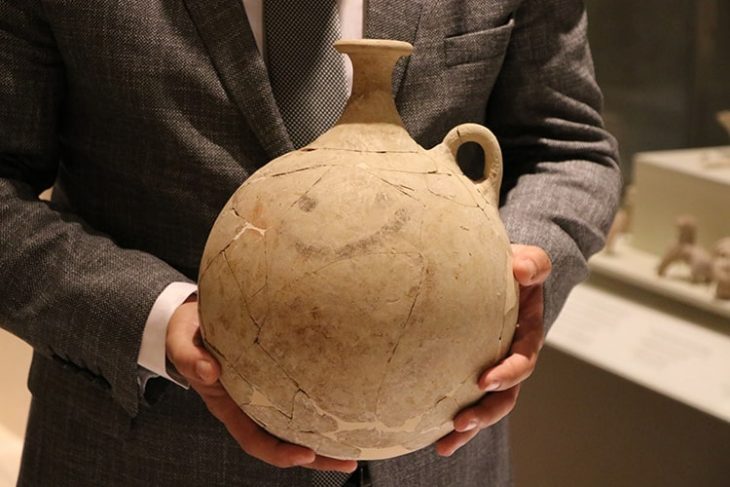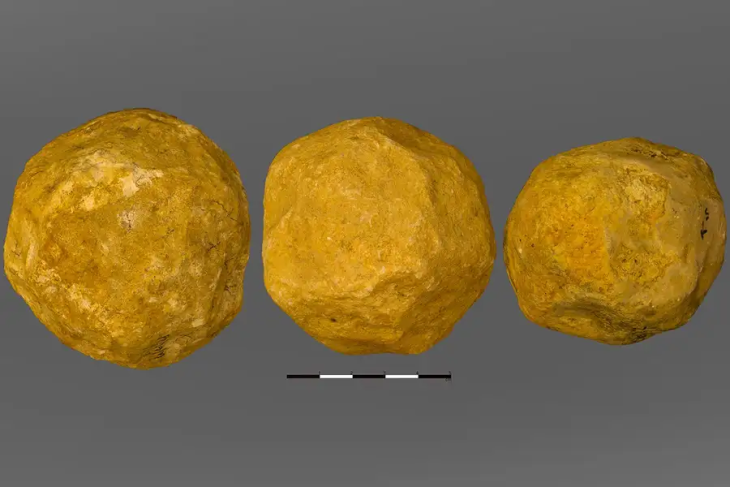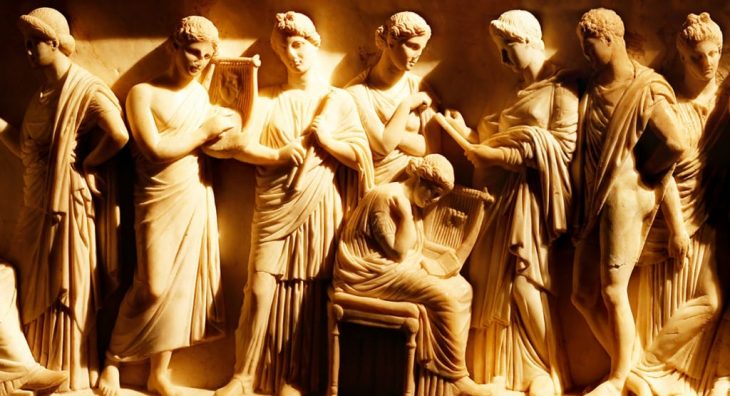Aerial surveys have revealed the largest 2,500-year-old ancient cities in the Amazon, hidden for thousands of years by lush vegetation and connected by an extensive road network.
The Amazon rainforest was once home to ancient cities, confirms ‘Science’ magazine, which has published a description of Ecuador’s largest and oldest known Amazonian settlement.
An international study published on Thursday, January 11, in Science, reveals a network of garden cities along the Upano River in Ecuador, dating back to 500 BC. It’s the oldest and largest urban network in Amazonia.
It is often assumed that the Amazon rainforest was largely untouched by humans before the Italian explorer Christopher Columbus reached the Americas in the 15th century.
However, the first Europeans reported seeing many farms and towns in the region. Francisco de Orellana, a Spaniard, set out from the eastern foothills of the Ecuadorian Andes at the end of 1541 with a few dozen men, embarking on an amazing river journey that would take them from west to east across the entire continent of South America, ending in the Atlantic Ocean via the Amazon River. Gaspar de Carvajal, a Dominican national, wrote about the dangerous 10-month expedition in which he was ambushed by an Indigenous tribesperson and lost an eye due to an arrow.
In the account entitled Descubrimiento del rio de las Amazonas (“Discovery of the Amazon River”), Carvajal depicted densely populated riverbanks and what resembles an urban cluster: “No village was more than a crossbow shot away from the other (…) and there was a village that stretched for five leagues without interruption from house to house, which was a wonderful thing to see.” At the time, people took this description to be a fabrication.
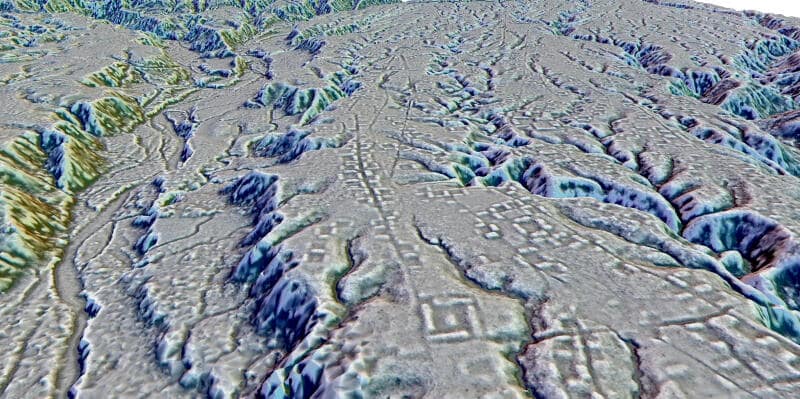
These reports, long dismissed, have in recent decades been backed up by discoveries of ancient earthworks and extensive dark soils created by farmers. One estimate puts the pre-Columbian population of the Amazon as high as 8 million.
The area lies in the shadow of a volcano that created rich local soils but also may have led to the destruction of the society.
“This is older than any other site we know in the Amazon. We have a Eurocentric view of civilisation, but this shows we have to change our idea about what is culture and civilisation,” says Prof Stephen Rostain, director of investigation at the National Centre for Scientific Research in France, who led the research.
“The settlements are much bigger than others in the Amazon,” says Stéphen Rostain. “They are comparable with Maya sites.”
The city was built around 2,500 years ago, and people lived there for up to 1,000 years, according to archaeologists. What’s more, these cities are also older than other pre-Columbian ones discovered in the Amazon. Why the people who built them disappeared isn’t clear.
This LiDAR technology found 6,000 rectangular platforms measuring about 20m (66 ft) by 10m (33 ft) and 2-3m high. They were arranged in groups of three to six units around a plaza with a central platform.
The scientists believe many were homes, but some were for ceremonial purposes. One complex, at Kilamope, included a 140m (459 ft) by 40m (131 ft) platform. They were built by cutting into hills and creating a platform of earth on top. A network of straight roads and paths connected many of the platforms, including one that extended 25km (16 miles).
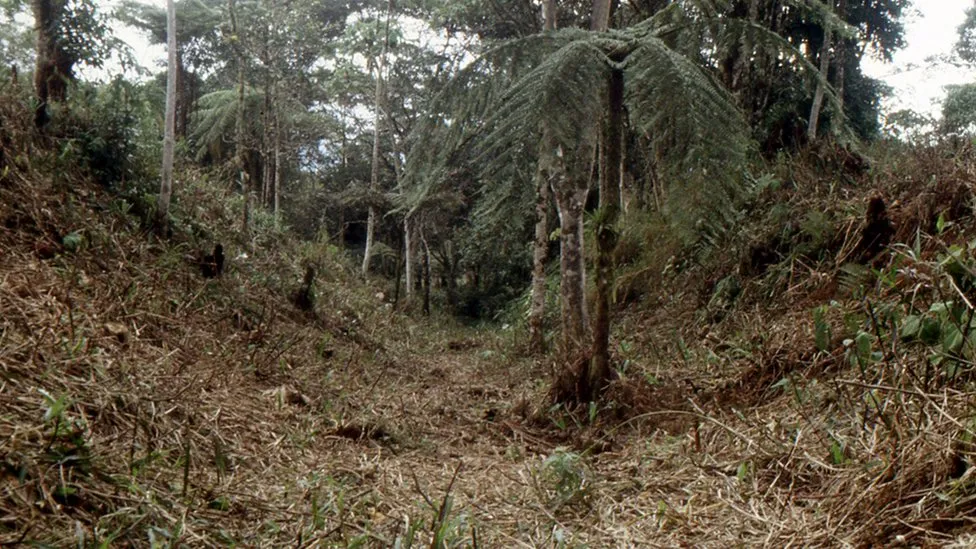
Dr Dorison said these roads were the most striking part of the research. “The road network is very sophisticated. It extends over a vast distance, everything is connected. And there are right angles, which is very impressive,” he says, explaining that it is much harder to build a straight road than one that fits in with the landscape.
The scientists also identified causeways with ditches on either side which they believe were canals that helped manage the abundant water in the region.
Researchers first found evidence of a city in the 1970s, but this is the first time a comprehensive survey has been completed, after 25 years of research.
“It changes the way we see Amazonian cultures. Most people picture small groups, probably naked, living in huts and clearing land – this shows ancient people lived in complicated urban societies,” says co-author Antoine Dorison.
The archaeologists combined ground excavations with a survey of a 300 square kilometer (116 square mile) area using laser sensors flown on a plane to identify city remains beneath the dense vegetation and trees.
Cover Photo: Scientists found evidence of 6,000 mounds thought to be the basis for ancient homes. Photo: STEPHEN ROSTAIN





